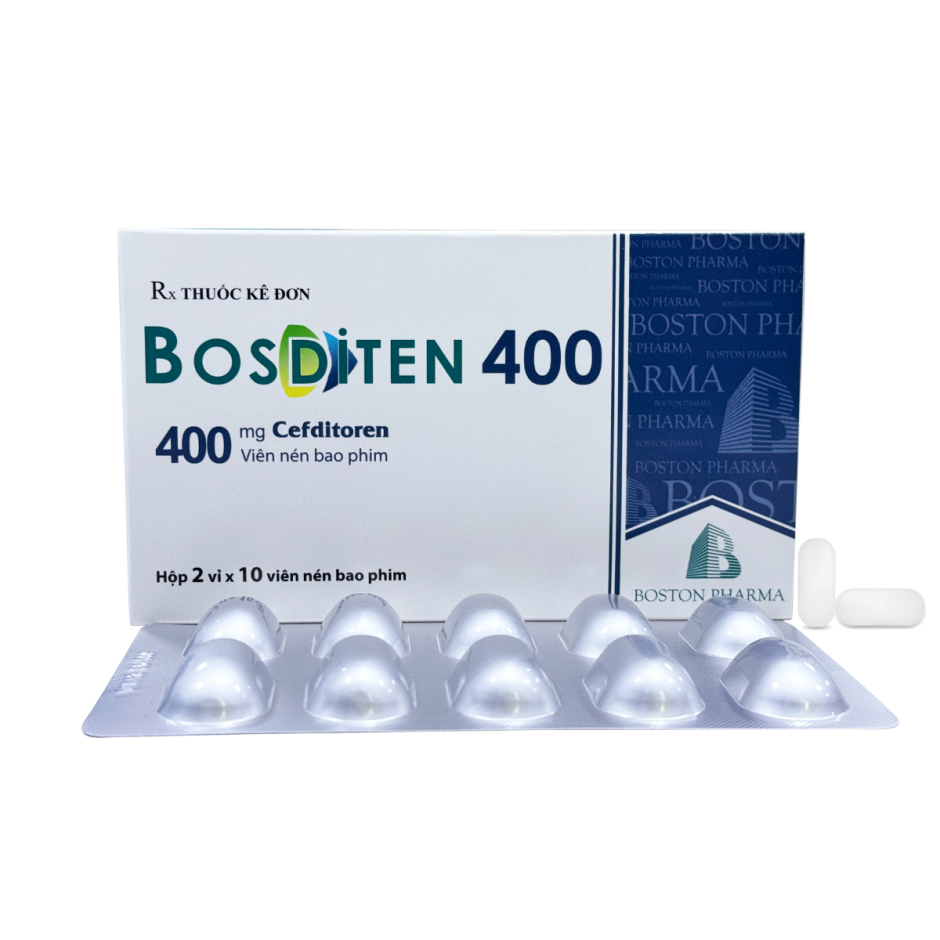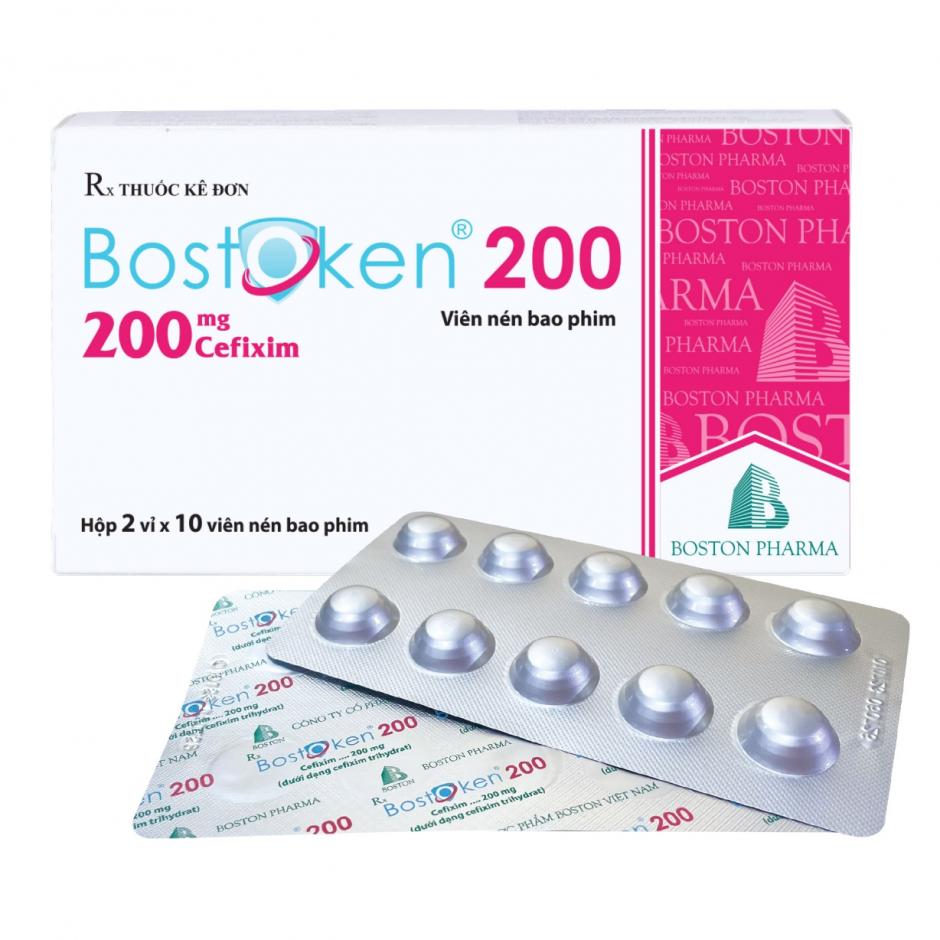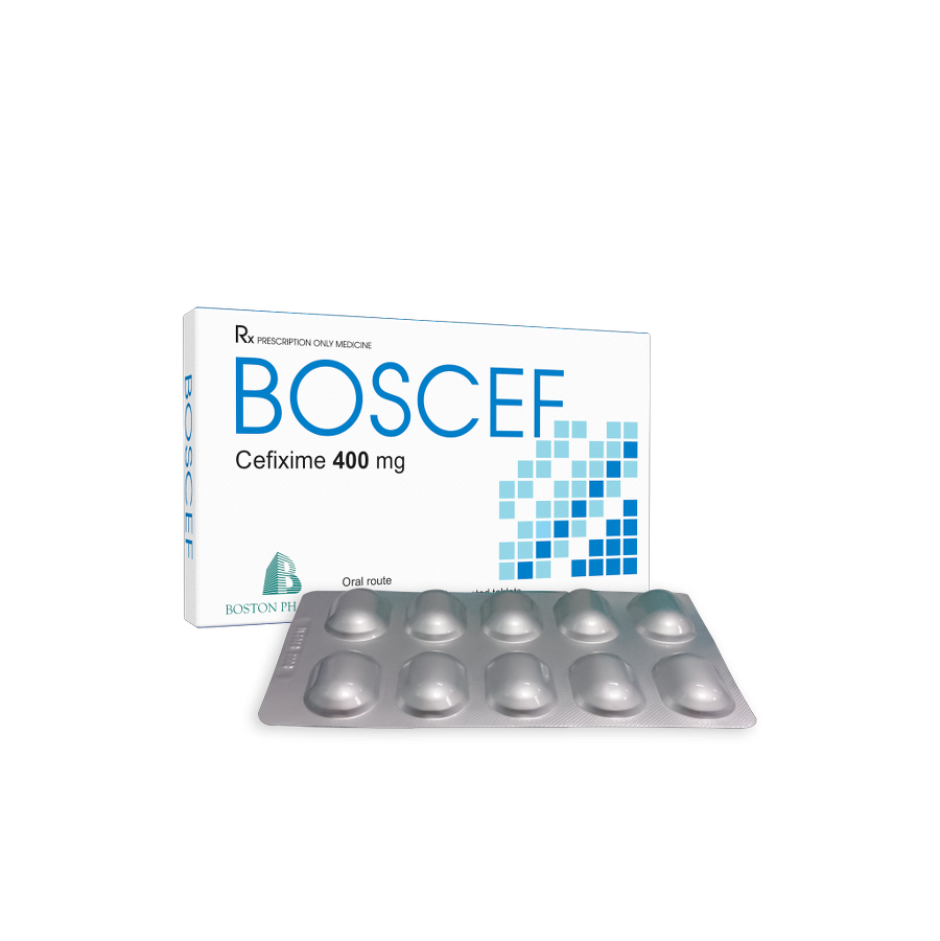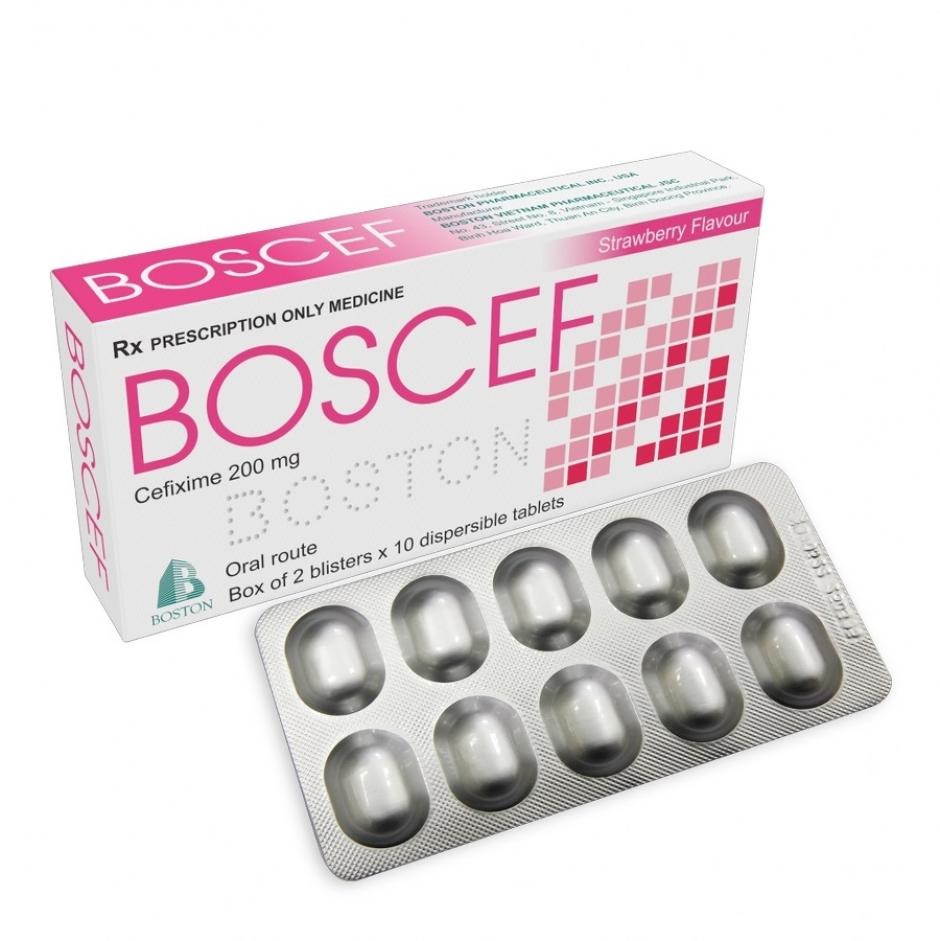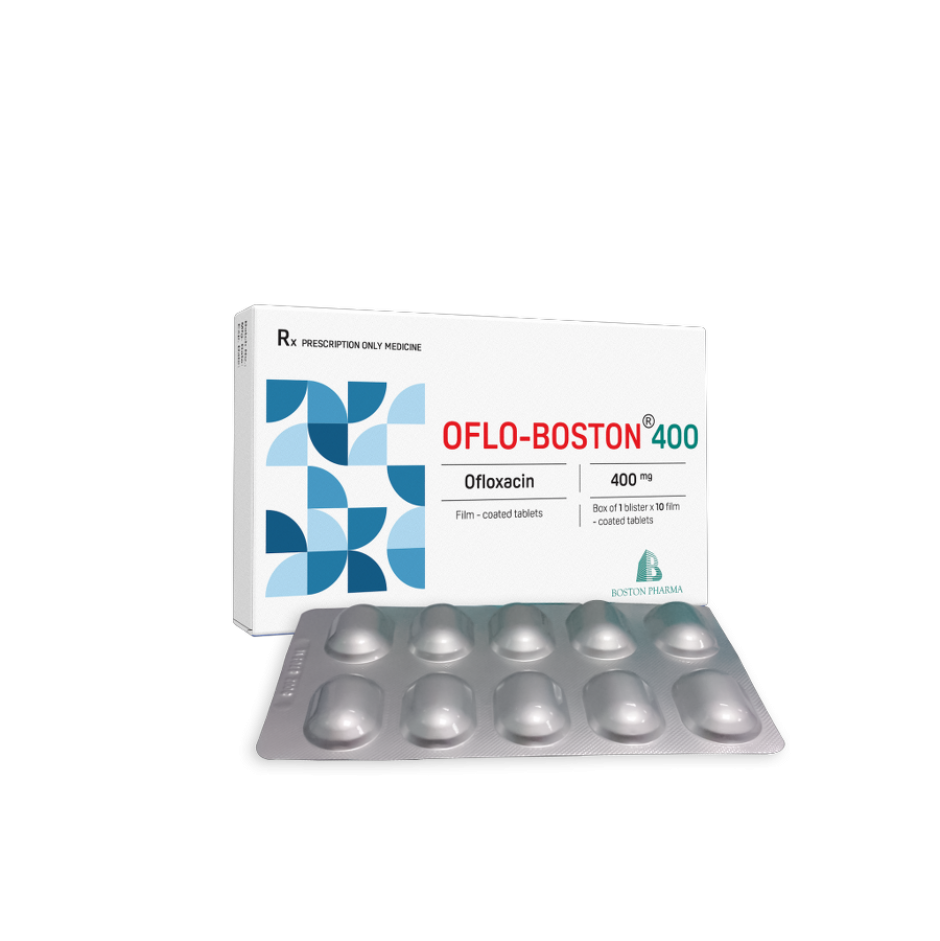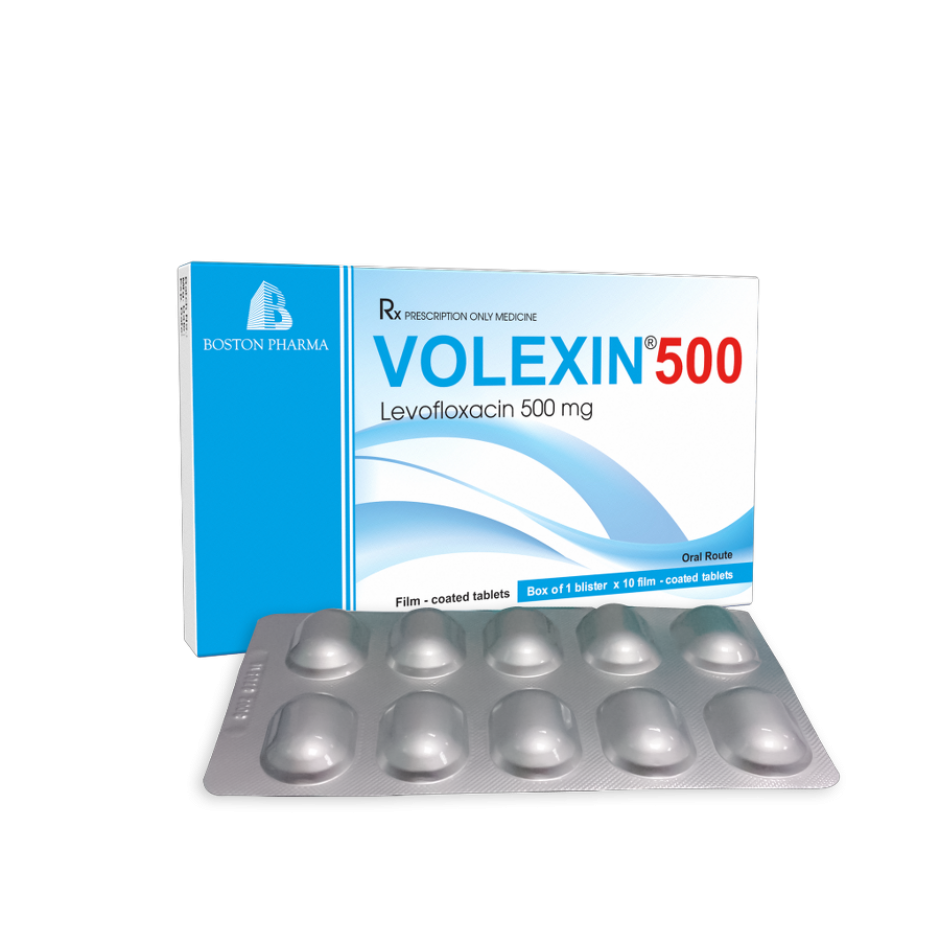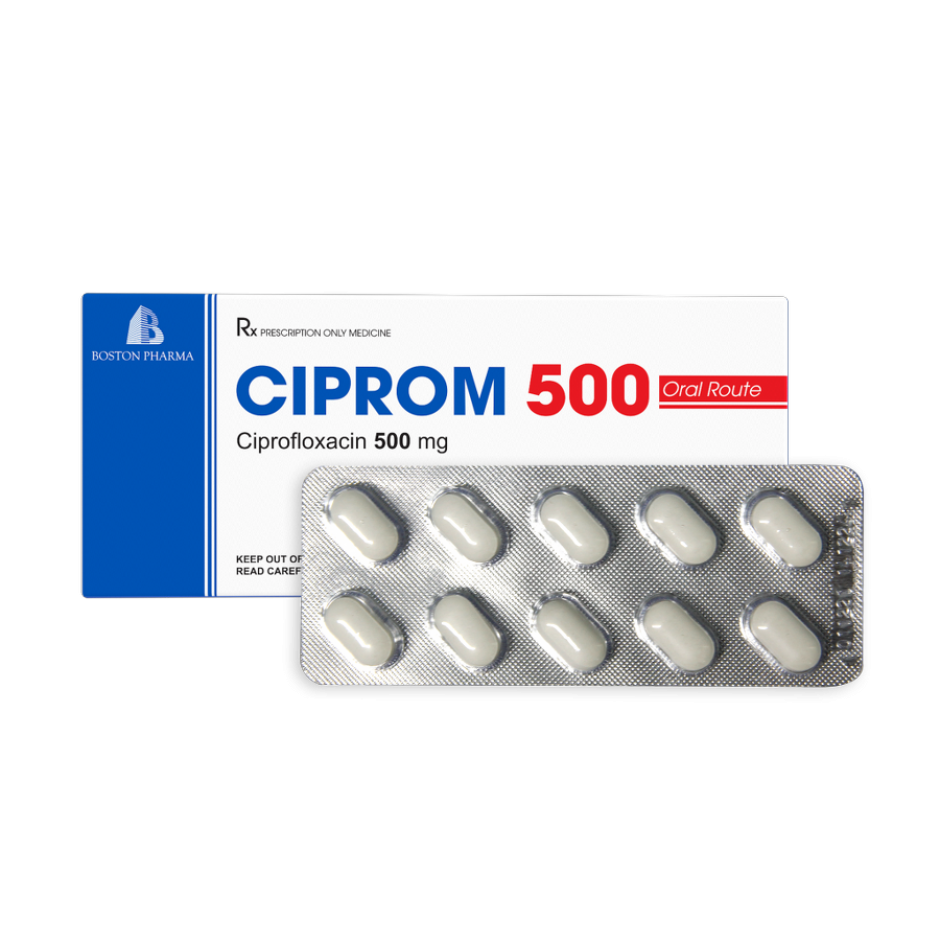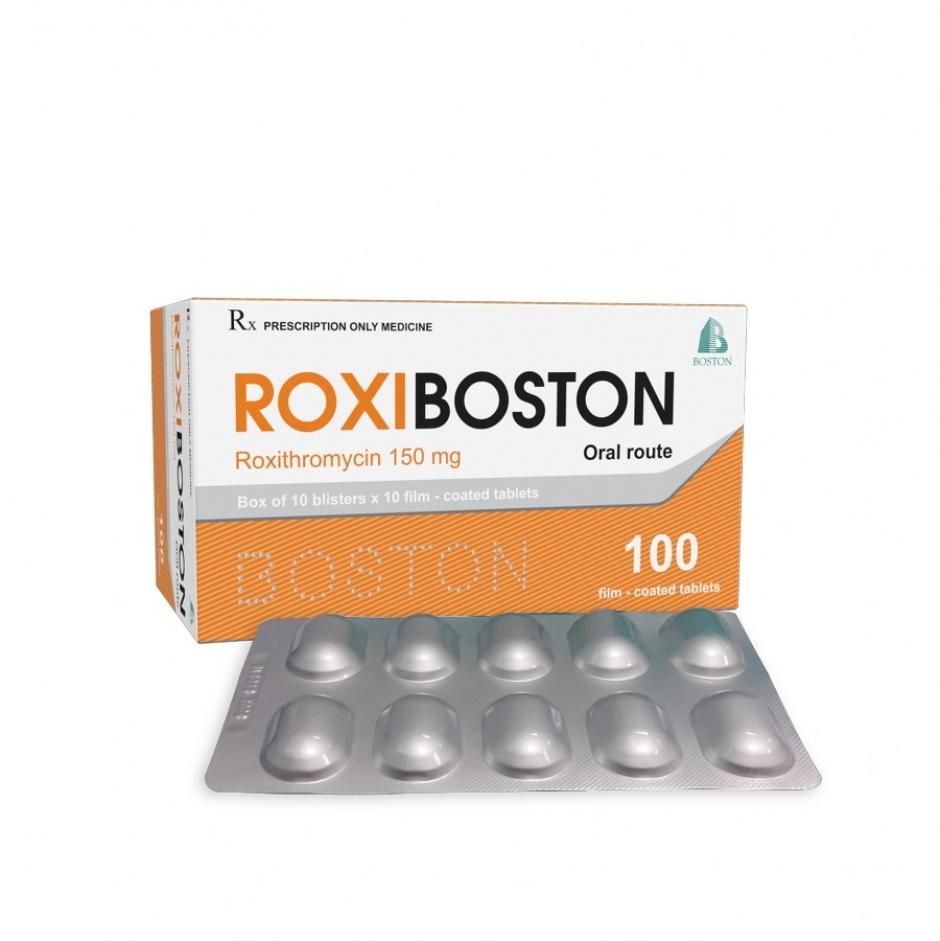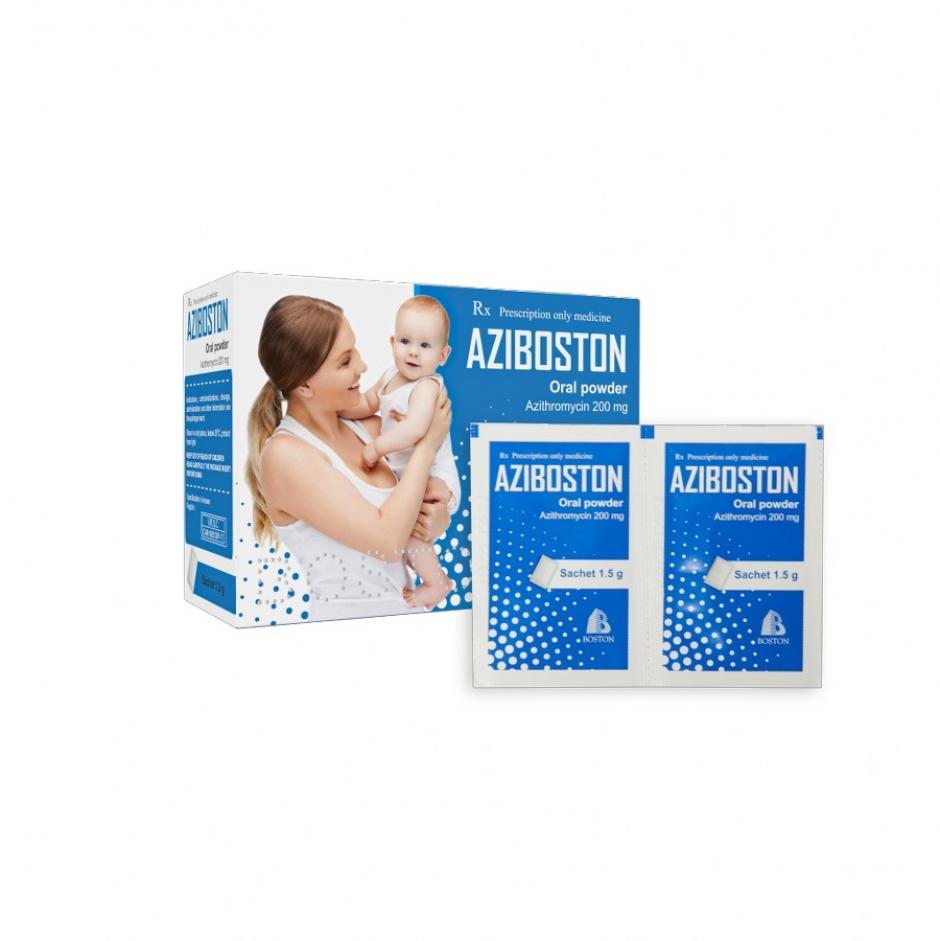DOSAGE AND ADMINISTRATION
Adults
The usual dose of ofloxacin tablets is 200 mg to 400 mg orally every 12 hours as described in the following dosing chart. These recommendations apply to patients with normal renal function (creatinine clearance > 50 ml/min).
| Infection |
Unit dose |
Frequency |
Duration
|
Daily dose |
| Acute exacerbation of chronic bronchitis |
400 mg |
q12h |
10 days |
800 mg |
| Community acquired pneumonia |
400 mg |
q12h |
10 days |
800 mg |
| Uncomplicated skin and skin structure infections |
400 mg |
q12h |
10 days |
800 mg |
| Acute, uncomplicated urethral and cervical gonorrhoea |
400 mg |
Single dose |
1 day |
400 mg |
| Nongonococcal urethritis and cervicitis |
300 mg |
q12h |
7 days |
600 mg |
| Mixed infections of the urethral and cervix |
300 mg |
q12h |
7 days |
600 mg |
| Acute pelvic inflammatory disease |
400 mg |
q12h |
10 to 14 days |
800 mg |
| Uncomplicated cystitis due to Escherichia coli or Klebsiella pneumonia |
200 mg |
q12h |
3 days |
400 mg |
| Uncomplicated cystitis due to other organisms |
200 mg |
q12h |
7 days |
400 mg |
| Complicated urinary tract infections |
200 mg |
q12h |
10 days |
400 mg |
| Prostatitis |
300 mg |
q12h |
6 weeks |
600 mg |
CONTRAINDICATIONS
Patients with known hypersensitivity to ofloxacin or other quinolones antibacterials or any of the excipients.
Patients with a past history of tendonitis related to fluoroquinolone administration.
Patients with a history of epilepsy or with a lowered seizure threshold.
Children or growing adolescents.
Pregnant or breast-feeding women.
Patients with latent or actual defects in glucose-6-phosphate dehydrogenase (G6PD) activity.
WARNINGS AND PRECAUTIONS
Antibiotic resistance
The Staphylococcus aureus resistant to methicillin (MRSA), Escherichia coli often have resistance to fluoroquinolones, including ofloxacin. Therefore prescribers should consider the local prevalence of this resistance.
Infections due to Streptococci and Pneumococci
Ofloxacin is not the drug of first choice for pneumonia caused by Pneumococci or Mycoplama or infection caused by β-haemolytic Streptococci.
Hypersensitivity and allergic reactions
Hypersensitivity and allergic reactions have been reported for fluoroquinolones after first administration. Anaphylactic and anaphylactoid reactions can progress to life-threatening shock, even after the first administration. In these cases ofloxacin should be discontinued and suitable treatment (e.g treatment for shock) should be initiated.
Severe bullous reactions
Cases of severe bullous skin reactions such as Stevens-Johnson syndrome (SJS) or toxic epidermal necrolysis have been reported with ofloxacin. Patients should be advised to contact their doctor immediately prior to continuing treatment if skin and/or mucosal reactions occur.
Clostridium difficile-associated disease (CDAD)
Diarrhea, particularly if severe, persistent and/or bloody, during or after treatment with ofloxacin (including several weeks after treatment), may be symptomatic of pseudomembranous colitis. CDAD may range in severity from mild to life threatening, the most severe form which is pseudomembranous colitis. It is therefore important to consider this diagnosis in patients who develop serious diarrhea during or after treatment with ofloxacin. If pseudomembranous colitis is suspected or confirmed, ofloxacin must be stopped immediately and appropriate treatment must be started without delay (e.g. oral vancomycin, oral teicoplanin or metronidazole). Products inhibiting the peristalsis are contraindicated in this clinical situation.
Patients predisposed to seizures
Quinolones may lower the seizure threshold and may trigger seizures. Ofloxacin is contraindicated in patients with a history of epilepsy and, as with other quinolones, ofloxacin should be used with extreme caution in patients predisposed to seizures.
Such patients may have pre-existing central nervous system lesions, concomitant treatment with fenbufen and similar non-steroidal anti-inflammatory drugs or with drugs which lower the cerebral seizure threshold, such as theophylline.
In case of convulsive seizures, treatment with ofloxacin should be discontinued.
Tendonitis
Tendonitis, rarely observed with quinolones, may occasionally lead to rupture involving Achilles tendon in particular. Tendonitis and tendon rupture, sometimes bilateral, may occur within 48 hours of starting treatment with ofloxacin and have been reported up to several months after discontinuation. The risk of tendonitis and tendon rupture is increased in patients aged over 60 years and in patients using corticosteroids. The daily dose should be adjusted in elderly patients based on creatinine clearance. Close monitoring of these patients is therefore necessary if they are prescribed ofloxacin. All patients should consult their physician if they experience symptoms of tendonitis. If tendonitis is suspected, treatment with ofloxacin must be halted immediately, and appropriate treatment (e.g. immobilization) must be initiated for the affected tendon.
QT interval prolongation
Caution should be taken when using fluoroquinolones, including ofloxacin, in patients with known risk factors for prolongation of the QT interval such as:
Congenital long QT syndrome;
Concomitant use of drugs that are known to prolong the QT interval (e.g. Class IA and III anti-arrhythmics, tricyclic antidepressants, macrolides, antipsychotics);
Uncorrected electrolyte imbalance (e.g. hypokalemia, hypomagnesemia);
Cardiac disease (e.g. heart failure, myocardial infarction, bradycardia).
Elderly patients and women may be more sensitive to QTc-prolonging medications. Therefore, caution should be taken when using fluoroquinolones, including ofloxacin, in these populations.
Patients with history of psychotic disorders
Psychotic reactions have been reported in patients receiving fluoroquinolones. In some cases these have progressed to suicidal thoughts or self-endangering behaviour including suicide attempt, sometimes after a single dose. In the event that a patient develops these reactions, ofloxacin should be discontinued and appropriate measures instituted.
Ofloxacin should be used with caution in patients with a history of psychotic disorder or in patients with psychiatric disease.
Patients with impaired liver function
Ofloxacin should be used with caution in patients with impaired liver function, as liver damage may occur. Cases of fulminant hepatitis potentially leading to liver failure (including fatal cases) have been reported with fluoroquinolones. Patients should be advised to stop treatment and contact their doctor if signs and symptoms of hepatic disease develop such as anorexia, jaundice, dark urine, pruritis or tender abdomen.
Patients treated with vitamin K antagonists
Due to possible increase in coagulation tests (PT/INR) and/or bleeding in patients treated with fluoroquinolones, including ofloxacin, in combination with a vitamin K antagonist (e.g.warfarin), coagulation tests should be monitored when these drugs are given concomitantly.
Myasthenia gravis
Fluoroquinolones, including ofloxacin, have neuromuscular blocking activity and may exacerbate muscle weakness in patients with myasthenia gravis. Postmarketing serious adverse reactions, including deaths and the requirement for respiratory support, have been associated with fluoroquinolone use in patients with myasthenia gravis. Ofloxacin is not recommended in patients with a known history of myasthenia gravis.
Prevention of photosensitization
Photosensitization has been reported with ofloxacin. It is recommended that patients should not expose themselves unnecessarily to strong sunlight or to artificial UV rays (e.g. sunray lamp, solarium), during treatment and for 48 hours following treatment discontinuation in order to prevent photosensitization.
Secondary infection
As with other antibiotics, the use of ofloxacin, especially if prolonged, may result in overgrowth of non-susceptible organisms. Repeated evaluation of the patient's condition is essential. If secondary infection occurs during therapy, appropriate measures should be taken.
Peripheral neuropathy
Sensory or sensorimotor peripheral neuropathy has been reported in patients receiving fluoroquinolones, including ofloxacin, which can be rapid in its onset. Ofloxacin should be discontinued if the patient experiences symptoms of neuropathy in order to prevent the development of an irreversible condition.
Dysglycaemia
As with all quinolones, disturbances in blood glucose, including both hyperglycaemia and hypoglycemia have been reported, usually in diabetic patients receiving concomitant treatment with an oral hypoglycemic agent (e.g. glibenclamide) or with insulin. Cases of hypoglycemic coma have been reported. In these diabetic patients, careful monitoring of blood glucose is recommended.
Patients with G6PD deficiency
Ofloxacin is not recommended for these patients because of the predisposition of hemolytic reactions.
Vision disorders
If vision becomes impaired or any effects on the eyes are experienced, an eye specialist should be consulted immediately.
Patients with rare hereditary disorders
This medicine contains lactose. Patients with rare hereditary disorders of galactose intolerance, the Lapp lactase deficiency or glucose-galactose malabsorption should not take this medicine.
PREGNANCY AND LACTATION
Pregnancy
Based on limited human data, the use of fluoroquinolones in the first trimester of pregnancy has not been associated with an increased risk of major malformations or other adverse effects on pregnancy outcome. Animal studies have shown no teratogenic effects but damage to the joint cartilage in immature animals. Therefore ofloxacin should not be used during pregnancy.
Lactation
Ofloxacin is excreted into human breast milk in small amounts. Because of the potential for arthropathy and other serious toxicity in the nursing infant, breast feeding should be discontinued during treatment with ofloxacin.
EFFECTS ON ABILITY TO DRIVE AND USE MACHINES
Since there have been occasional reports of somnolence, impairment of skills, dizziness and visual disturbances, patients should know how they react to this medicine before they drive or operate machinery. These effects may be enhanced by alcohol.
STORAGE CONDITION
In a dry place, below 30°C, protect from light
SHELF-LIFE
36 months from the manufacturing date. Do not use after the expiry date.



_oflo_boston_900x900.png)
